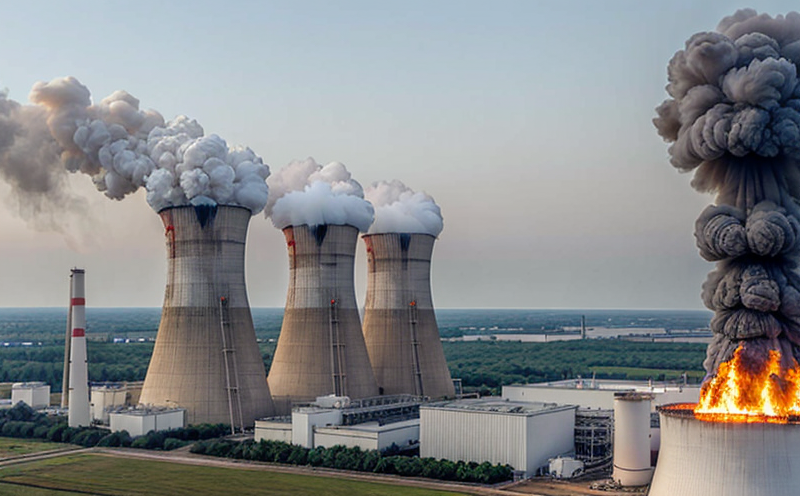
-
Fire Safety and Prevention Standards-
Fire Prevention for Special Structures-
Designing Fire Safety Systems for Nuclear Power Plants
We provide comprehensive solutions designed to help our clients mitigate risks, enhance performance, and excel in key areas such as quality, health & safety, environmental sustainability, and social responsibility.
Discover
For many years, our organization has been operating successfully, boasting modern laboratories that meet international standards. These laboratories are equipped with the latest technology devices and equipment, and we have built a strong team of experienced and trained personnel to operate them.
DiscoverWelcome to Eurolab, your partner in pioneering solutions that encompass every facet of life. We are committed to delivering comprehensive Assurance, Testing, Inspection, and Certification services, empowering our global clientele with the ultimate confidence in their products and processes.
Discover
-
Fire Safety and Prevention Standards-
Fire Prevention for Special Structures-
Designing Fire Safety Systems for Nuclear Power PlantsDesigning Fire Safety Systems for Nuclear Power Plants
Nuclear power plants are complex facilities that require rigorous design and implementation of fire safety systems to ensure the protection of personnel, the environment, and the public. A well-designed fire safety system is critical in preventing fires from occurring or spreading within the plant, as well as minimizing damage and maintaining operability during a fire event.
The American Society for Testing and Materials (ASTM) and the Institute of Electrical and Electronics Engineers (IEEE) provide guidelines and standards for designing fire safety systems in nuclear power plants. These standards are based on risk assessment and take into account various factors such as plant layout, fuel types, and operating conditions.
Key Design Considerations:
Fire alarm systems can be categorized into two types: local fire alarm systems (LFAS) and enhanced fire alarm systems (EFAS). LFAS are simpler in design and are typically used in non-nuclear applications. EFAS, on the other hand, provide more advanced features such as remote monitoring and control.
The selection of fire alarm system should be based on a thorough risk assessment and evaluation of various factors including plant layout, fuel types, and operating conditions.
Safety Measures for Fire Suppression:
The selection of fire suppression system should be based on a thorough risk assessment and evaluation of various factors including plant layout, fuel types, and operating conditions.
Fire suppression systems should be designed to minimize downtime and maintain operability during a fire event. This includes providing adequate redundancy and ensuring that the system can be easily repaired or replaced.
Designing for Specific Hazards:
The selection of fire suppression system for electrical fires should take into account the type of electrical equipment, operating conditions, and potential ignition sources.
Fire suppression systems for combustible dust fires should be designed to minimize downtime and maintain operability during a fire event. This includes providing adequate redundancy and ensuring that the system can be easily repaired or replaced.
QA Section:
Q: What is the primary objective of designing fire safety systems in nuclear power plants?
A: The primary objective of designing fire safety systems in nuclear power plants is to protect personnel, the environment, and the public from potential fires and their consequences.
Q: What are the key design considerations for fire detection systems in nuclear power plants?
A: Accurate detection is critical to prevent fires from spreading or getting out of control. The fire detection system should be designed to detect fires in real-time, providing operators with sufficient time to respond.
Q: What types of fire suppression systems are commonly used in nuclear power plants?
A: Common types of fire suppression systems used in nuclear power plants include clean agent systems (CAS), dry chemical systems (DCS), and water mist systems (WMS).
Q: How do you select the appropriate fire suppression system for a specific hazard?
A: The selection of fire suppression system should be based on a thorough risk assessment and evaluation of various factors including plant layout, fuel types, and operating conditions.
Q: What is the role of alarm systems in preventing fires from spreading or getting out of control?
A: Alarm systems provide clear and concise information about the location and severity of the fire to ensure prompt response from personnel.

Cosmetic Product Testing
The Complex World of Cosmetic Product Testing The cosmetics industry is a multi-billion-dollar ma...

Healthcare and Medical Devices
The Evolution of Healthcare and Medical Devices: Trends, Innovations, and Challenges The healthcare...
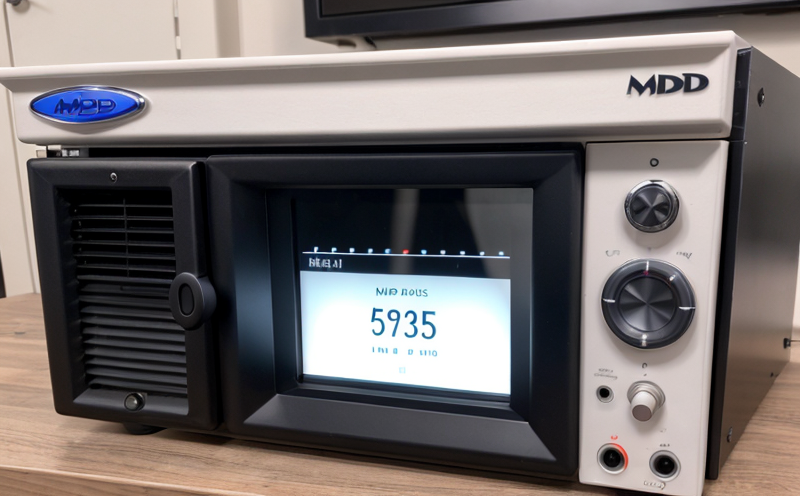
MDR Testing and Compliance
MDR Testing and Compliance: A Comprehensive Guide The Medical Device Regulation (MDR) is a comprehe...
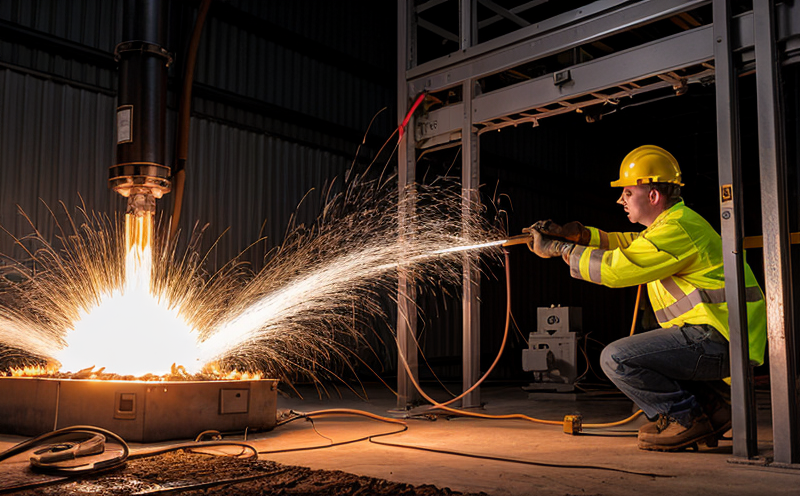
Electromechanical Safety Certification
Electromechanical Safety Certification: Ensuring Compliance and Protecting Lives In todays intercon...

Energy and Sustainability Standards
In today’s rapidly evolving world, businesses face increasing pressure to meet global energy a...

Aviation and Aerospace Testing
Aviation and Aerospace Testing: Ensuring Safety and Efficiency The aviation and aerospace industr...
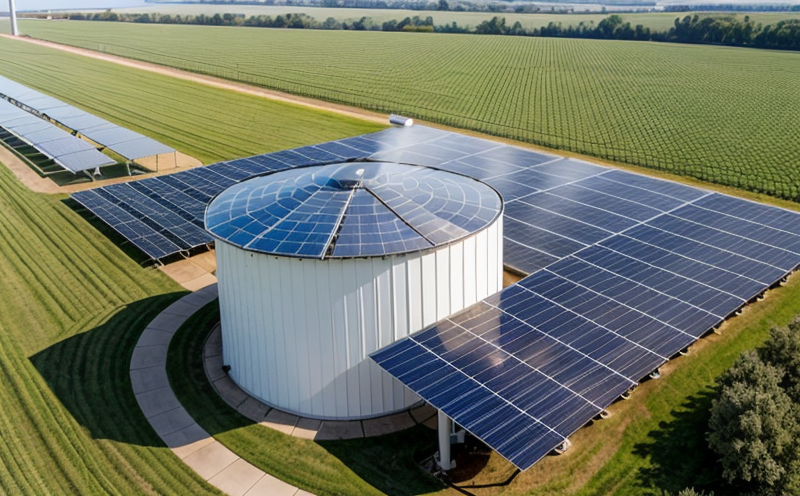
Renewable Energy Testing and Standards
Renewable Energy Testing and Standards: Ensuring a Sustainable Future The world is rapidly transiti...
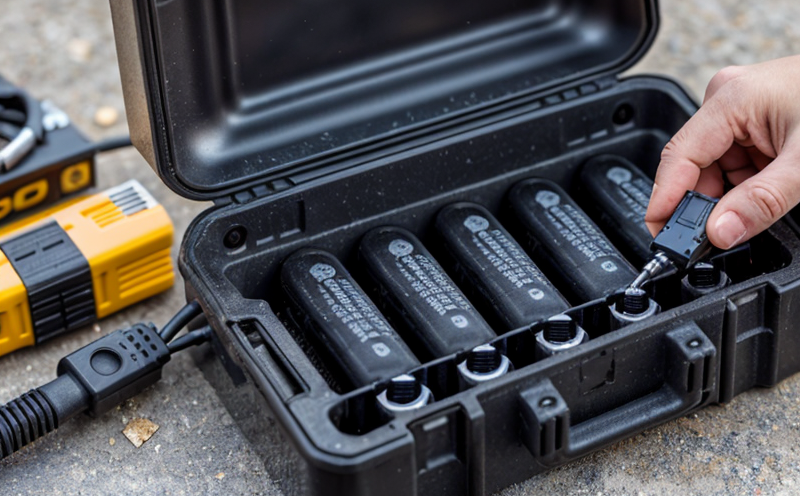
Battery Testing and Safety
Battery Testing and Safety: A Comprehensive Guide As technology continues to advance, battery-power...

Consumer Product Safety
Consumer Product Safety: Protecting Consumers from Harmful Products As a consumer, you have the rig...
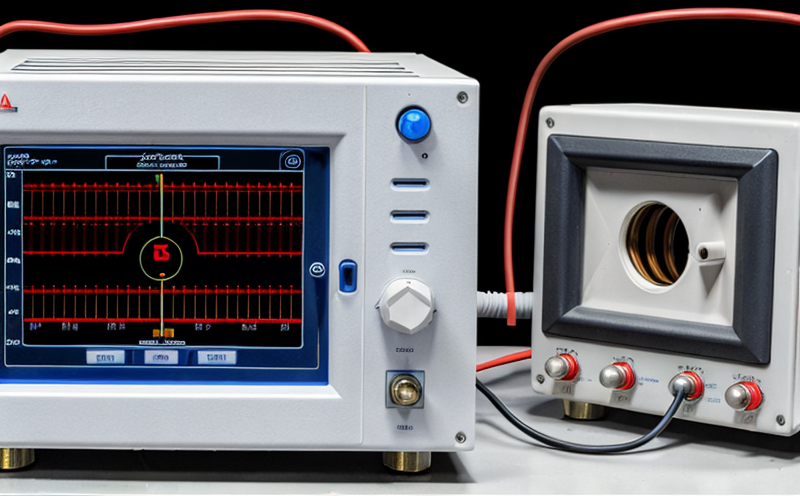
Electrical and Electromagnetic Testing
Electrical and Electromagnetic Testing: A Comprehensive Guide Introduction Electrical and electrom...

Agricultural Equipment Certification
Agricultural equipment certification is a process that ensures agricultural machinery meets specific...

NEBS and Telecommunication Standards
Network Equipment Building System (NEBS) and Telecommunication Standards The Network Equipment Bu...
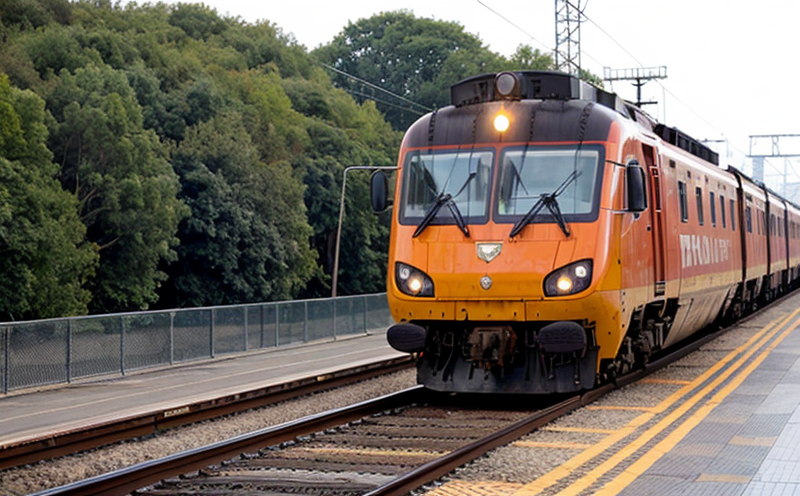
Railway Industry Compliance
Railway Industry Compliance: Ensuring Safety and Efficiency The railway industry is a critical comp...
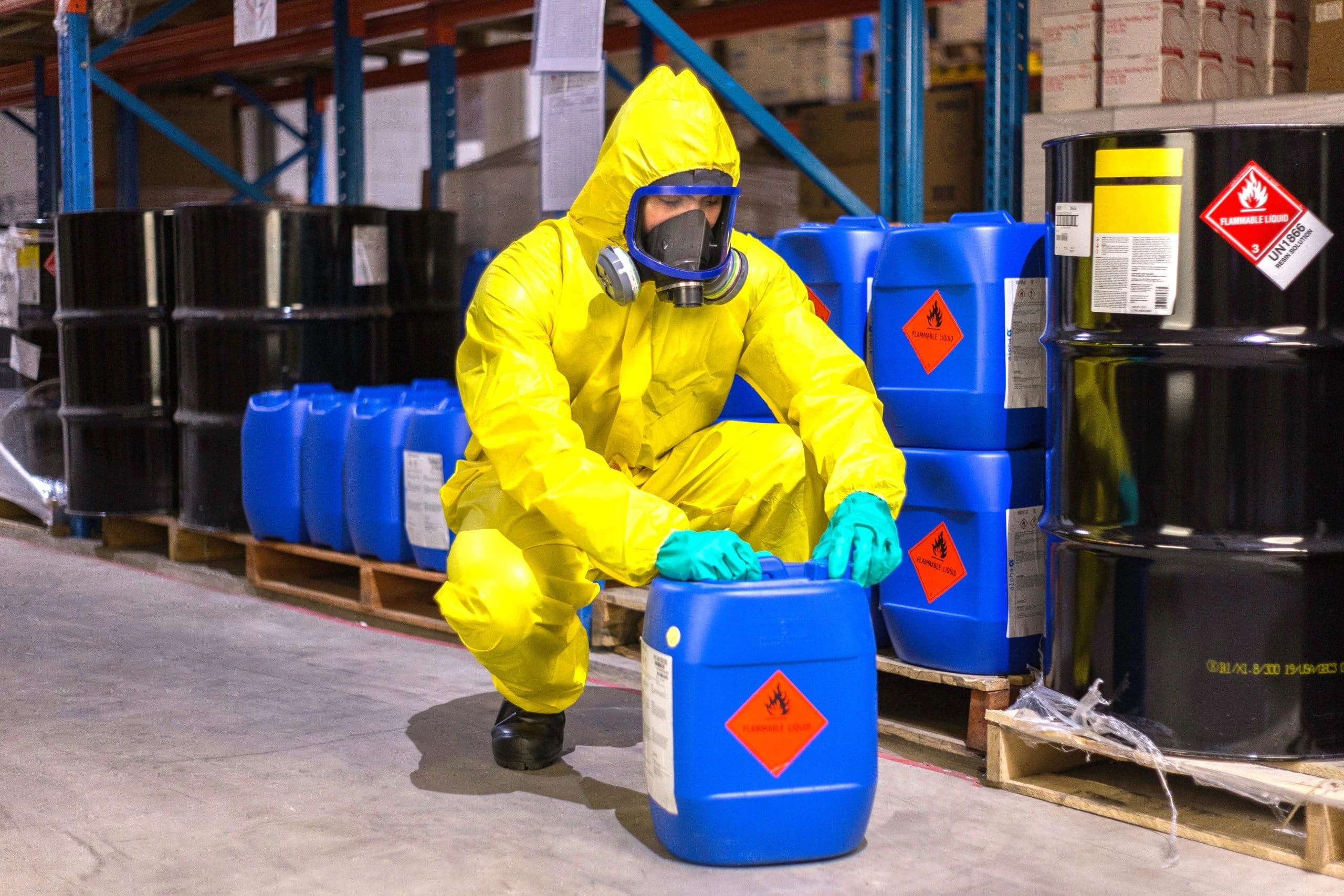
Chemical Safety and Certification
Chemical safety and certification are critical in ensuring the safe management of products and proce...

Product and Retail Standards
Product and Retail Standards: Ensuring Quality and Safety for Consumers In todays competitive marke...
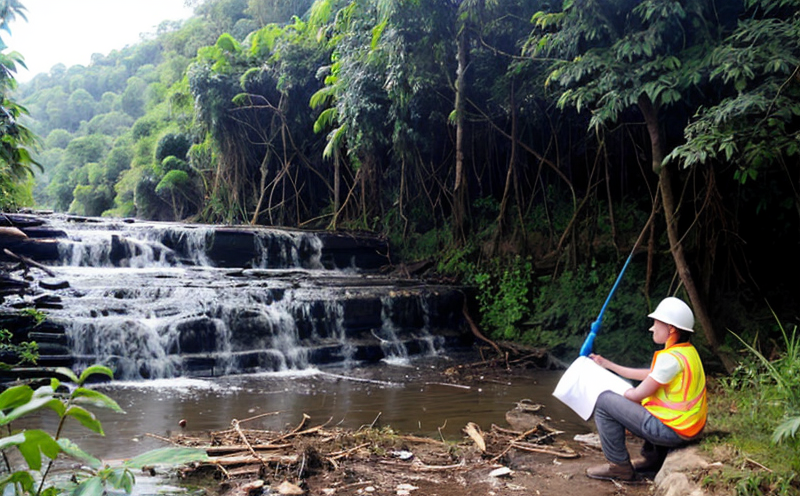
Environmental Impact Assessment
Environmental Impact Assessment: A Comprehensive Guide Environmental Impact Assessment (EIA) is a c...
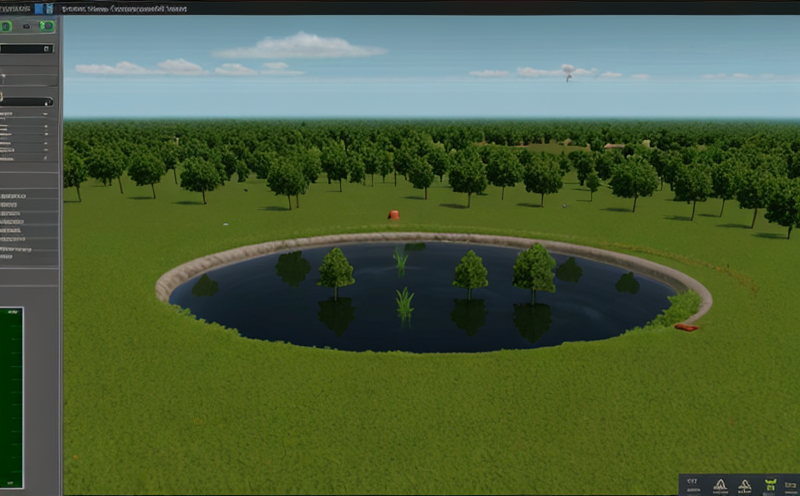
Environmental Simulation Testing
Environmental Simulation Testing: A Comprehensive Guide In todays world, where technology is rapidl...

Pharmaceutical Compliance
Pharmaceutical compliance refers to the adherence of pharmaceutical companies and organizations to l...
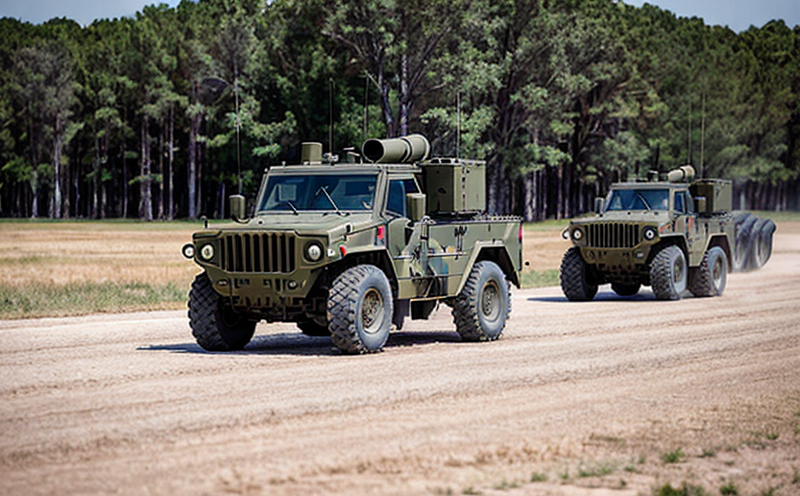
Military Equipment Standards
Military Equipment Standards: Ensuring Effectiveness and Safety The use of military equipment is a ...
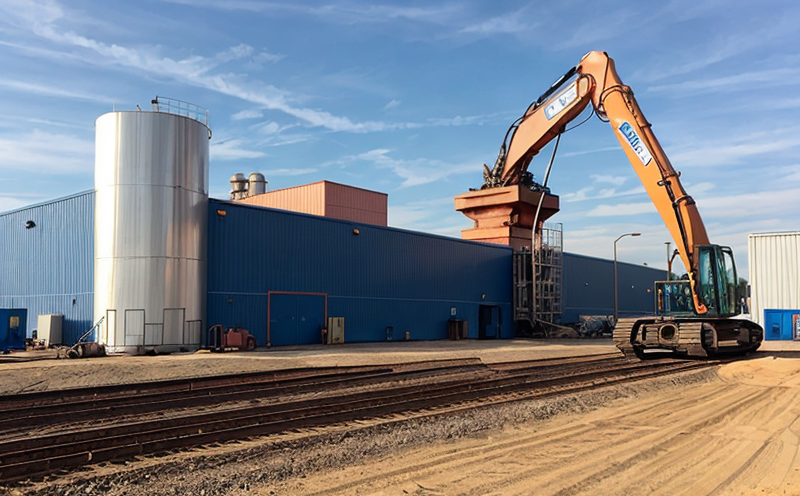
Industrial Equipment Certification
Industrial equipment certification is a critical process that ensures industrial equipment meets spe...
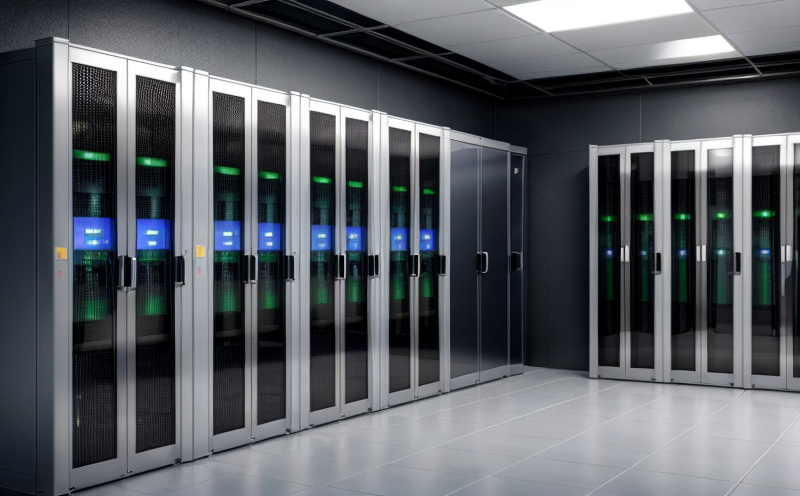
IT and Data Center Certification
IT and Data Center Certification: Understanding the Importance and Benefits The field of Informatio...

Fire Safety and Prevention Standards
Fire Safety and Prevention Standards: Protecting Lives and Property Fire safety and prevention stan...

Hospitality and Tourism Certification
Hospitality and Tourism Certification: Unlocking Opportunities in the Industry The hospitality and ...

Transportation and Logistics Certification
Transportation and Logistics Certification: A Comprehensive Guide The transportation and logistics ...

Trade and Government Regulations
Trade and government regulations play a vital role in shaping the global economy. These regulations ...

Construction and Engineering Compliance
Construction and Engineering Compliance: Ensuring Safety, Quality, and Regulatory Adherence In the ...
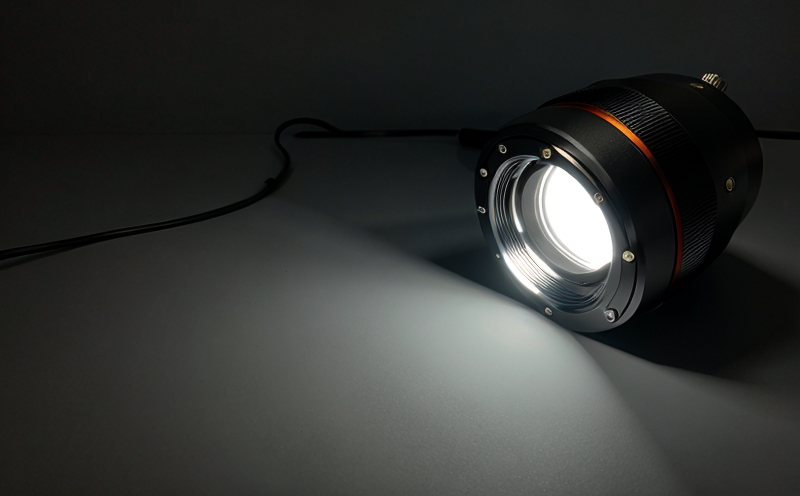
Lighting and Optical Device Testing
Lighting and Optical Device Testing: Ensuring Performance and Safety Lighting and optical devices a...

Food Safety and Testing
Food Safety and Testing: Ensuring the Quality of Our Food As consumers, we expect our food to be sa...

Automotive Compliance and Certification
Automotive Compliance and Certification: Ensuring Safety and Efficiency The automotive industry is ...
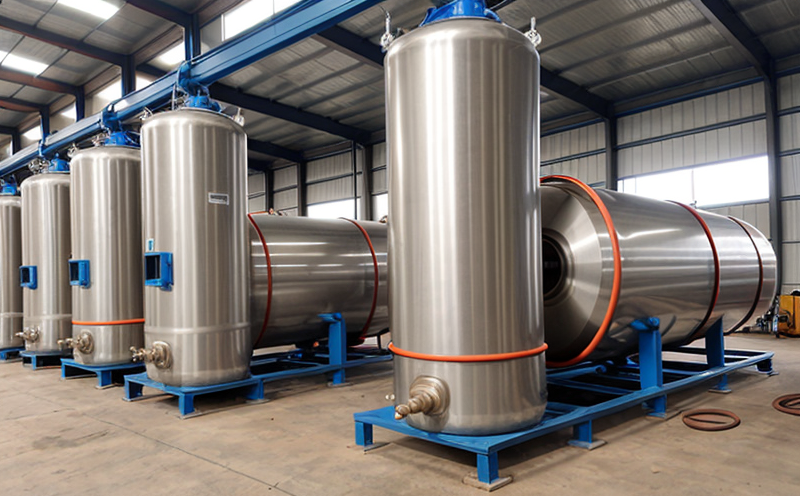
Pressure Vessels and Installations Testing
Pressure Vessels and Installations Testing Pressure vessels are a critical component of various ind...